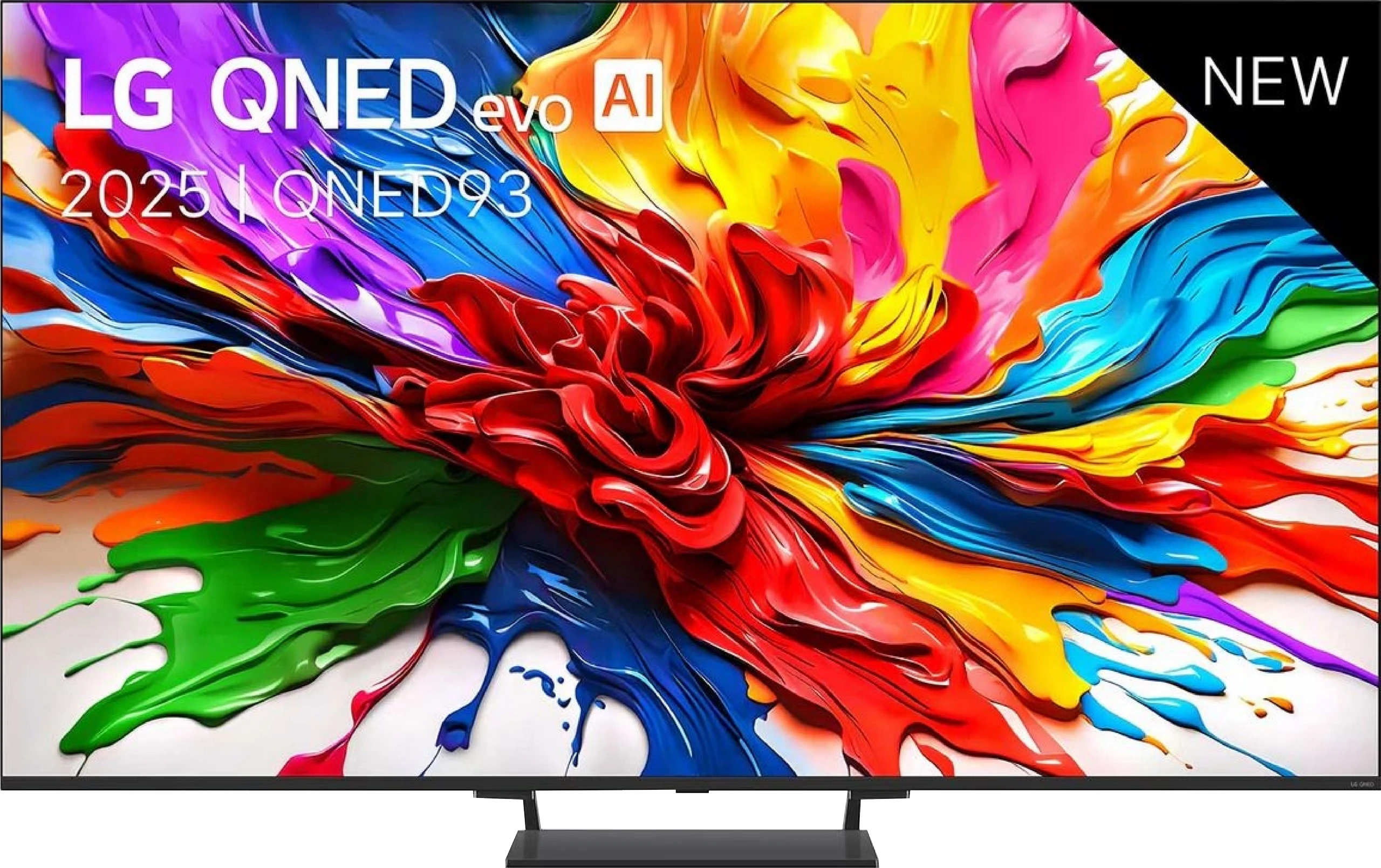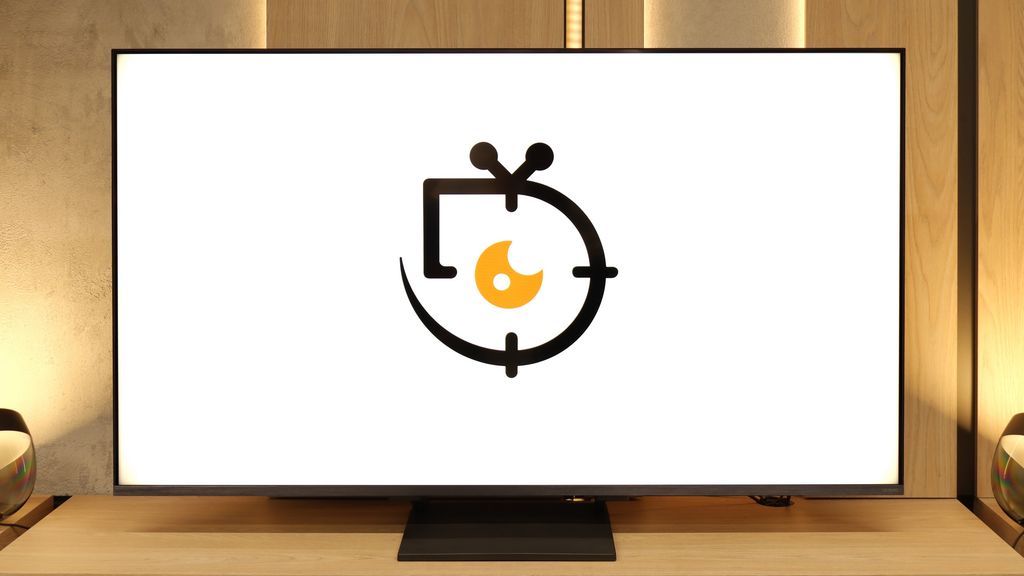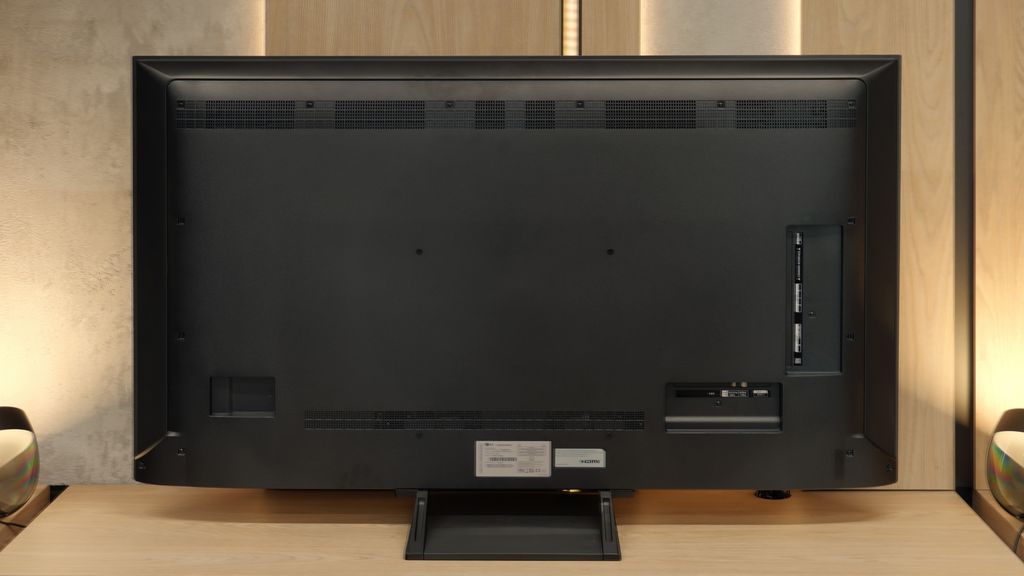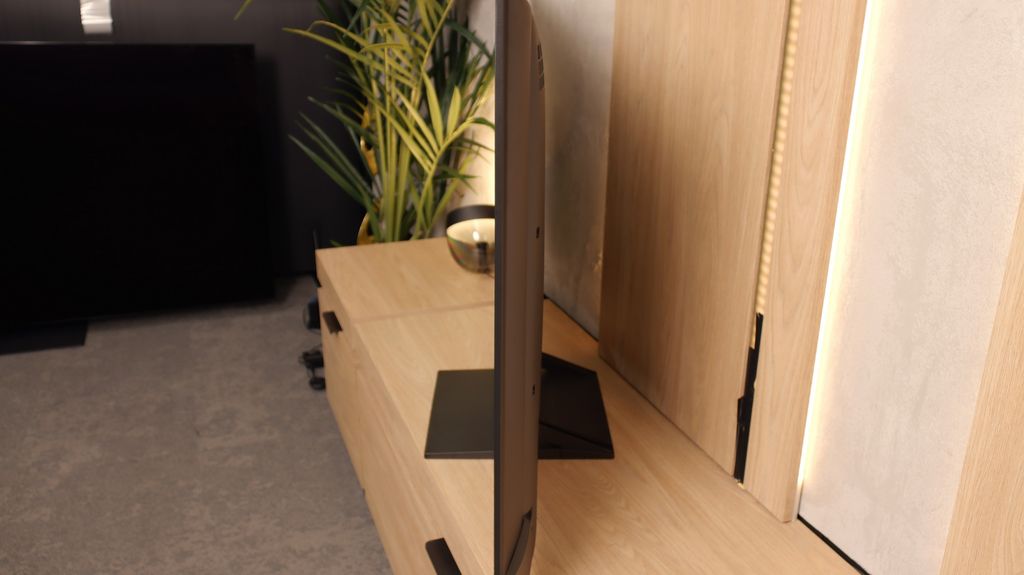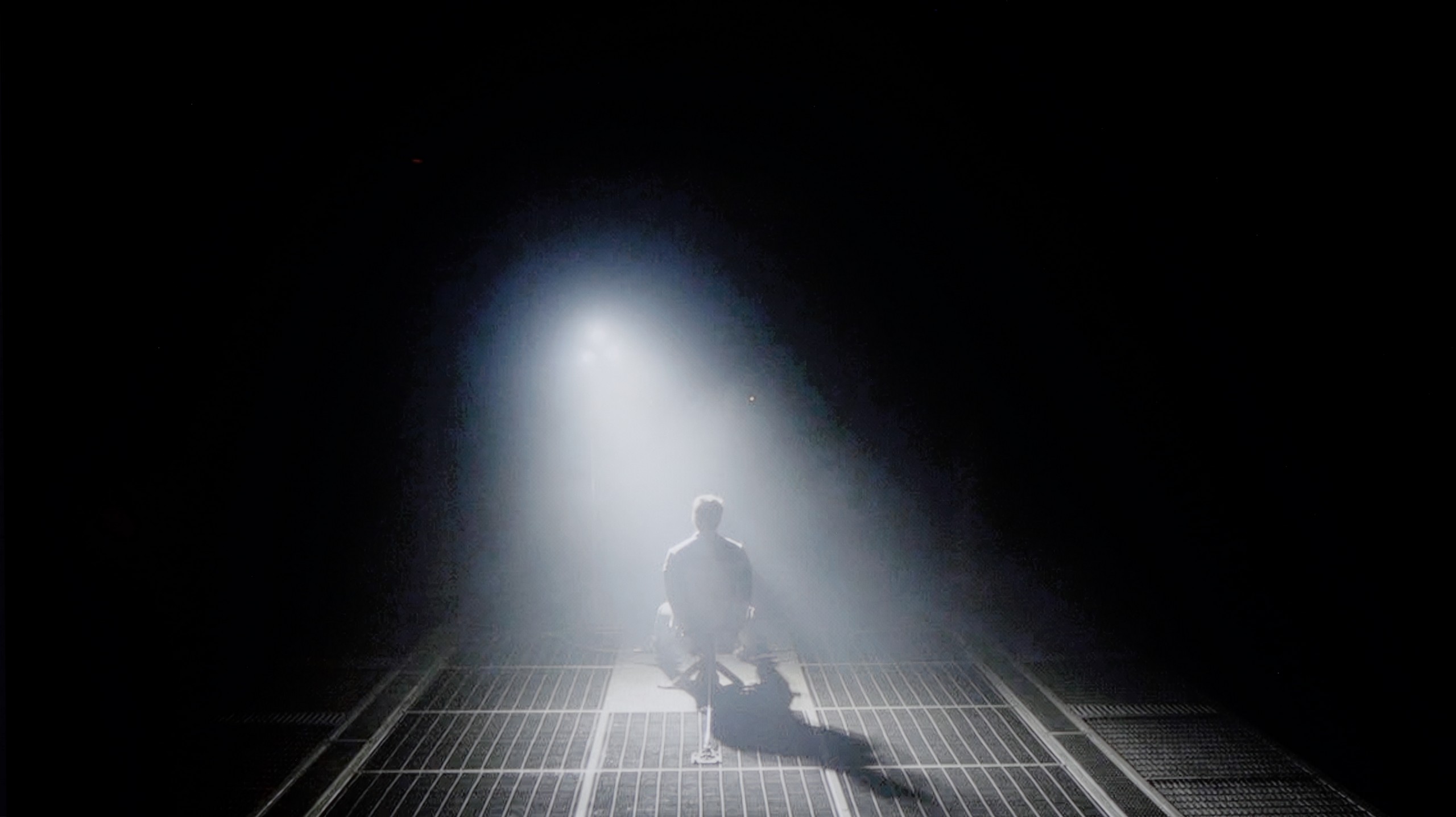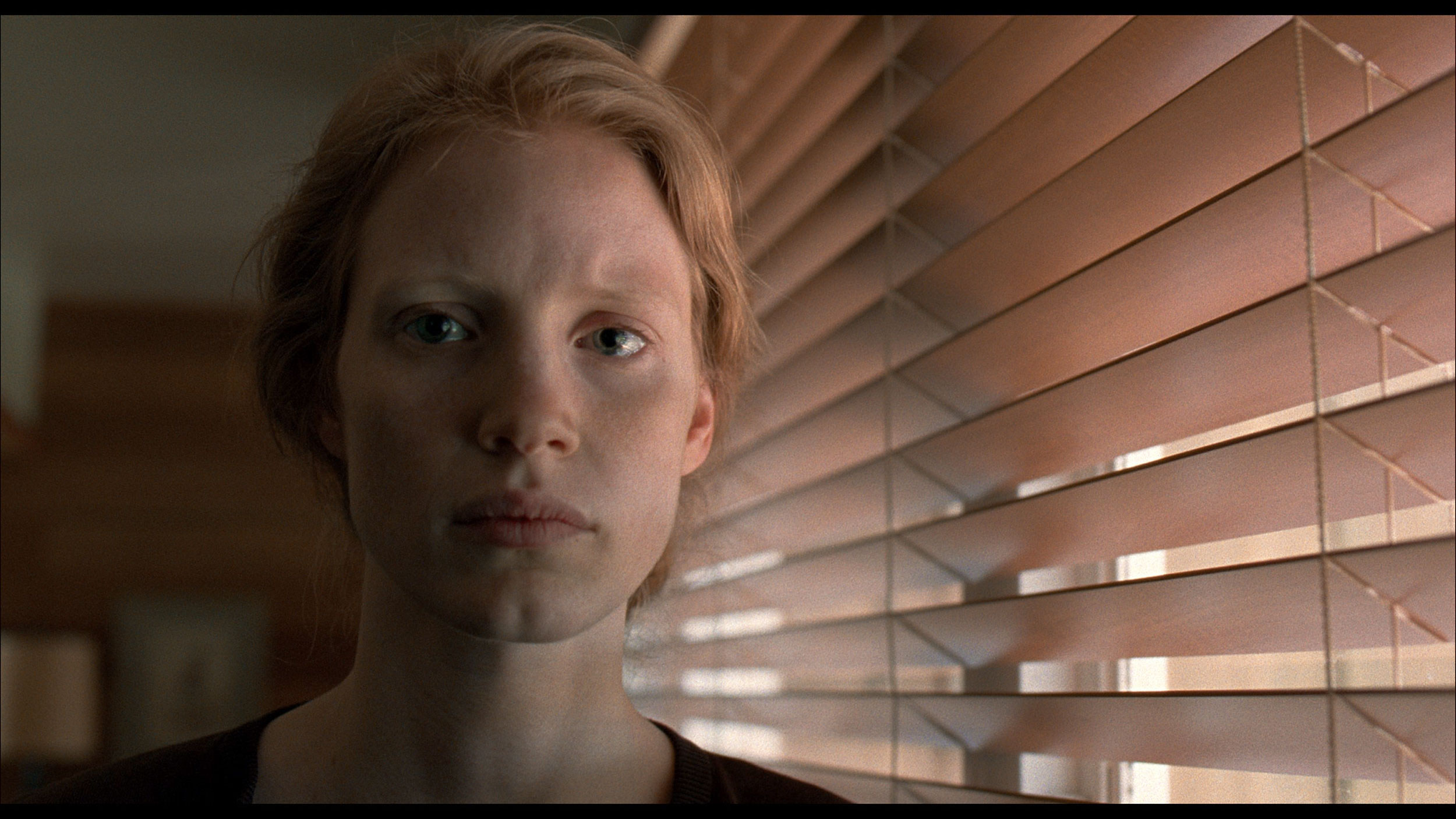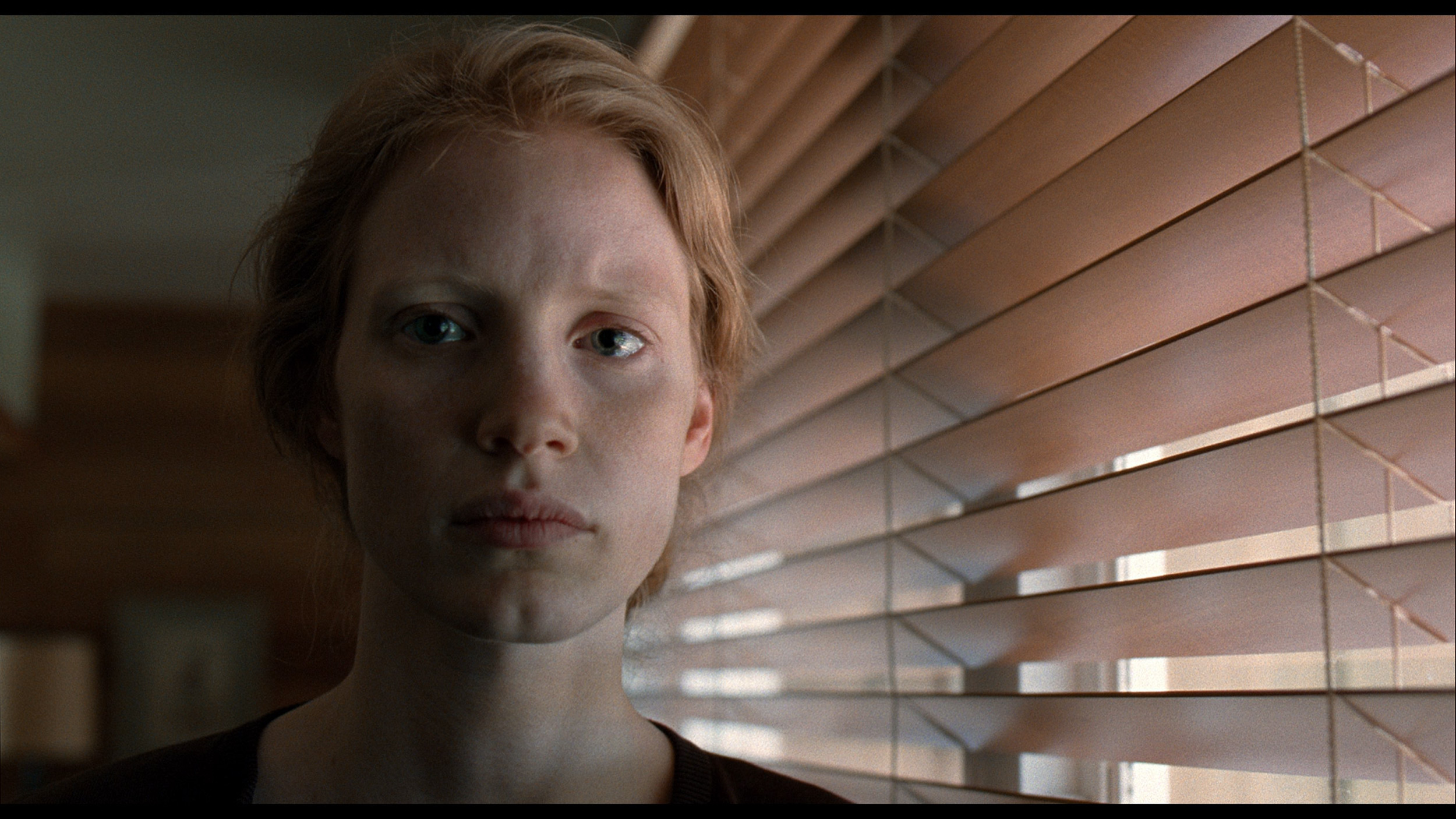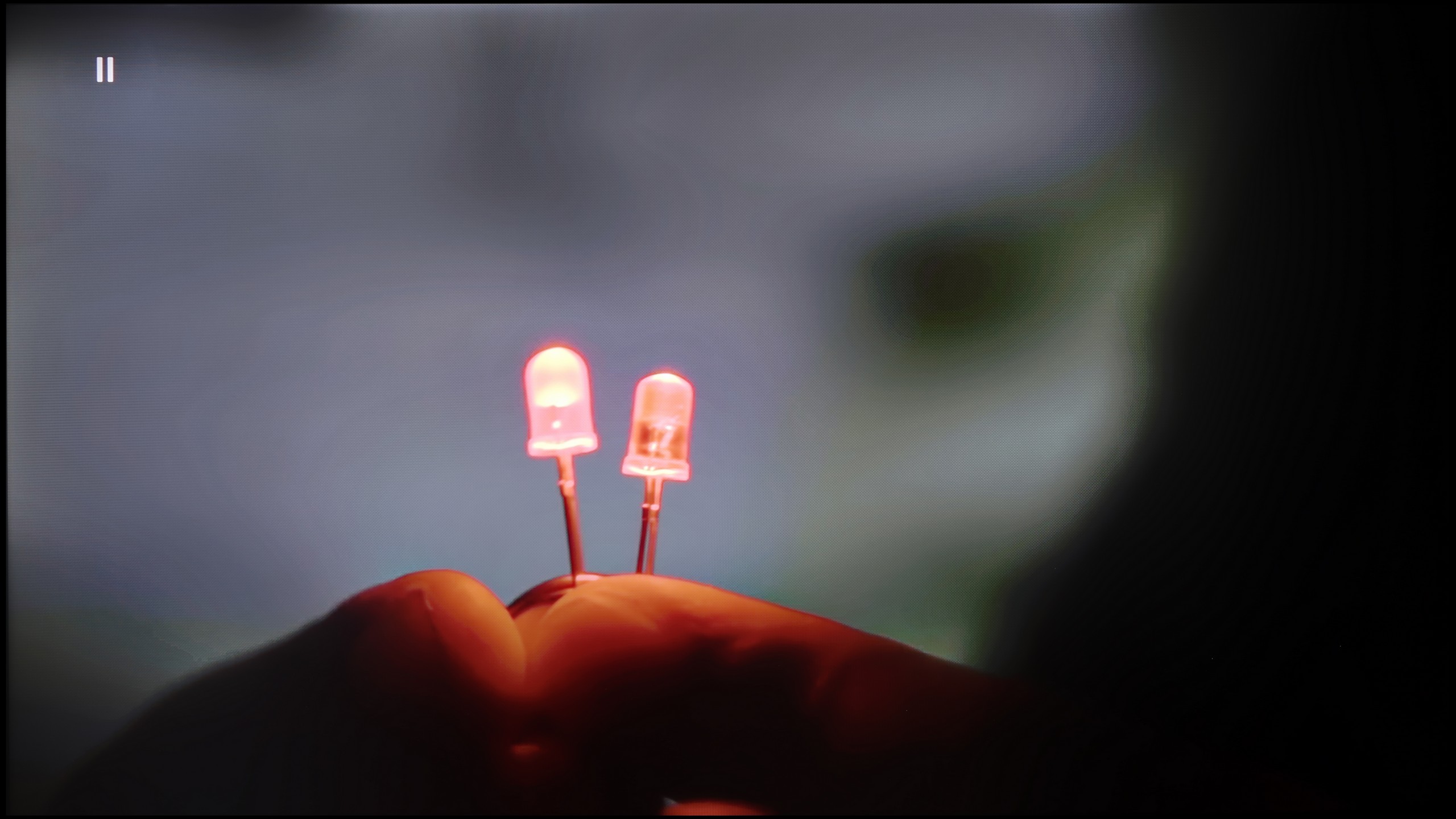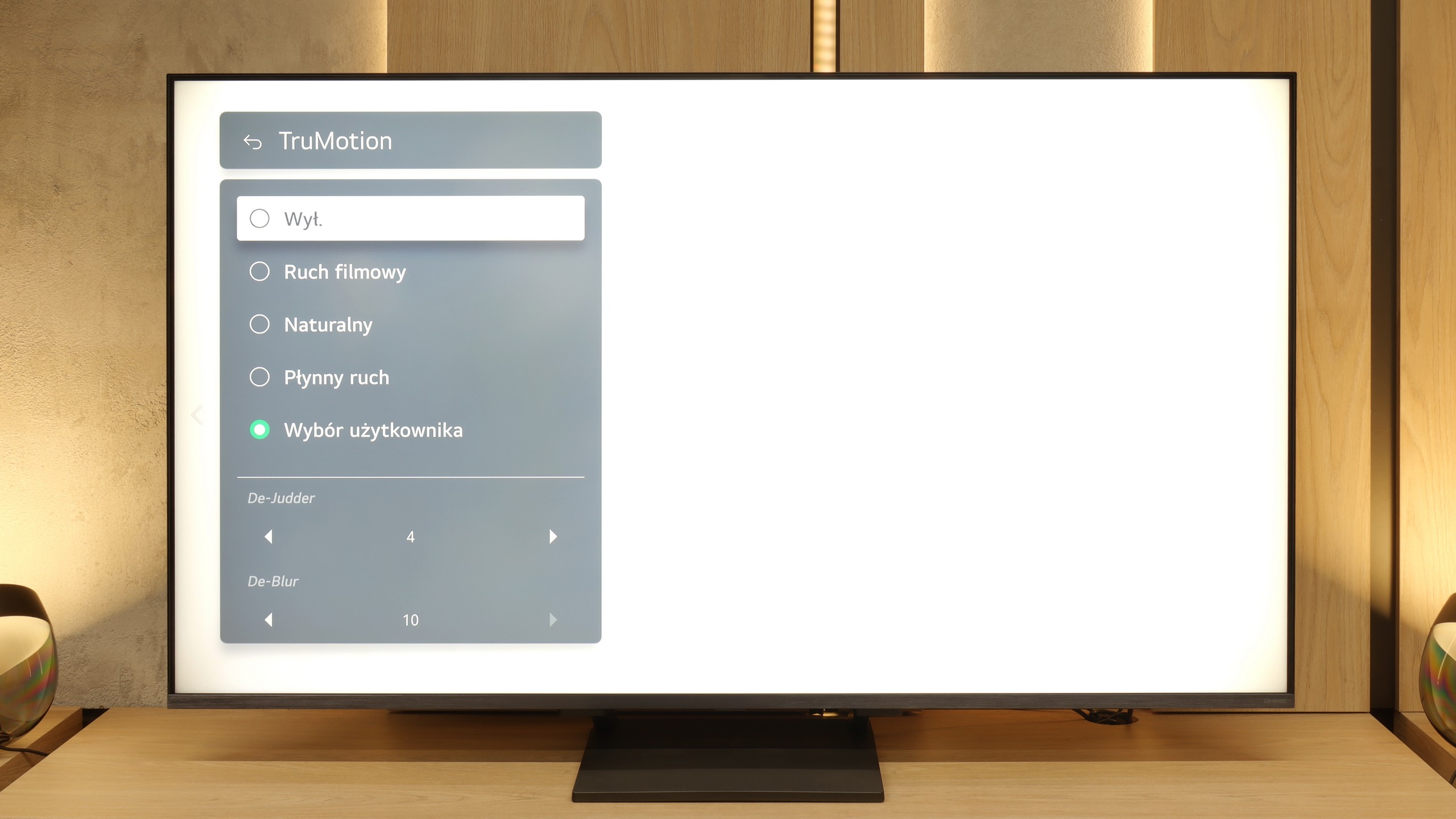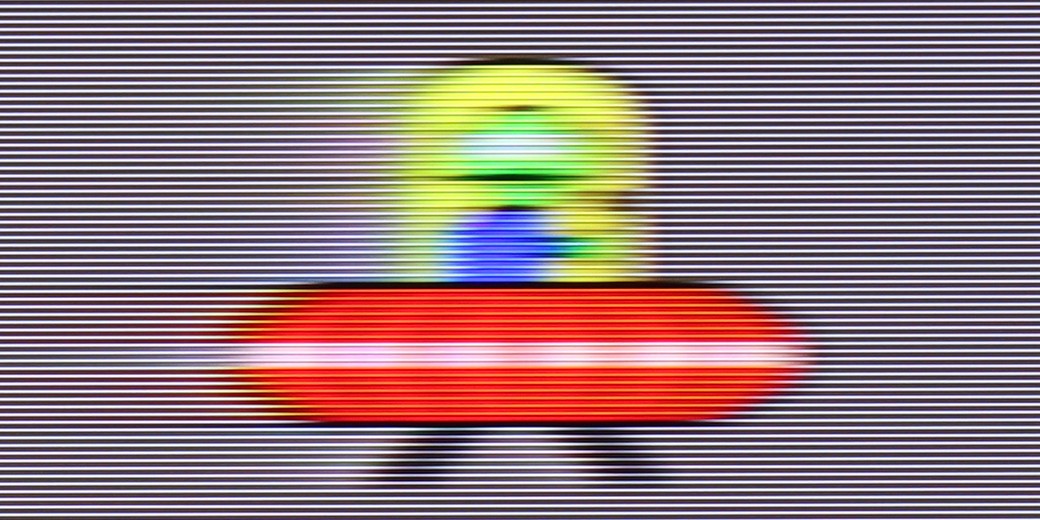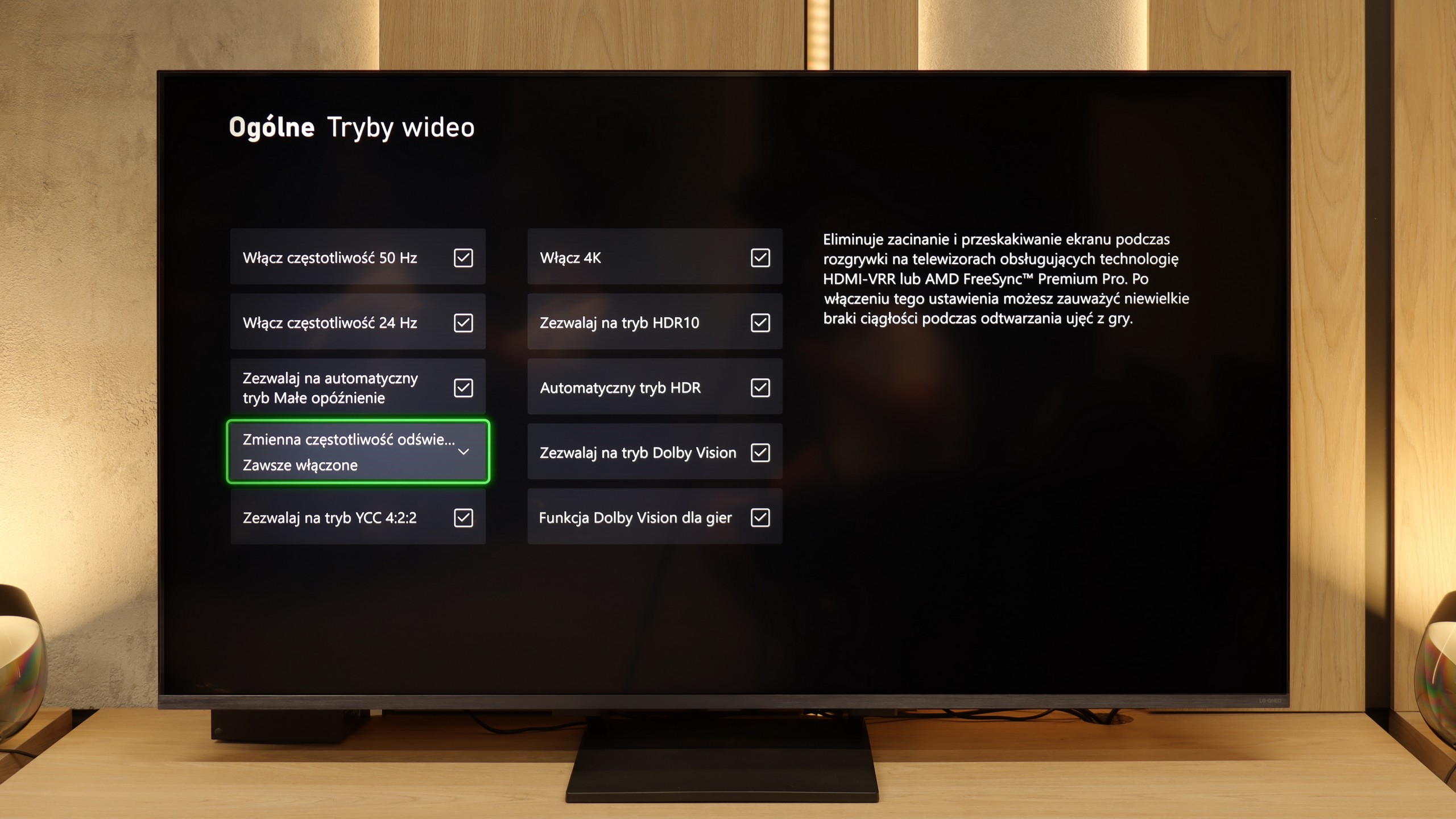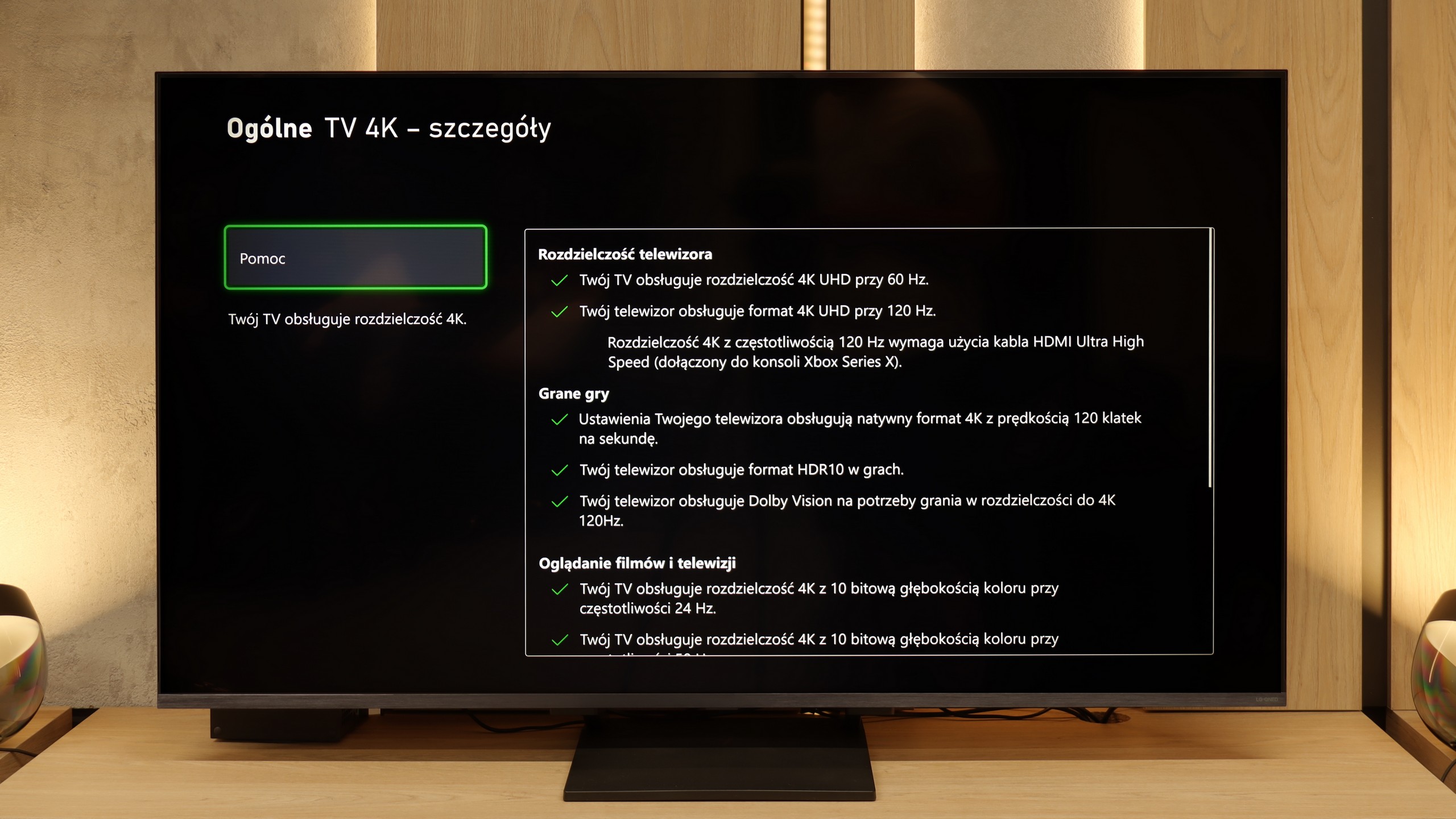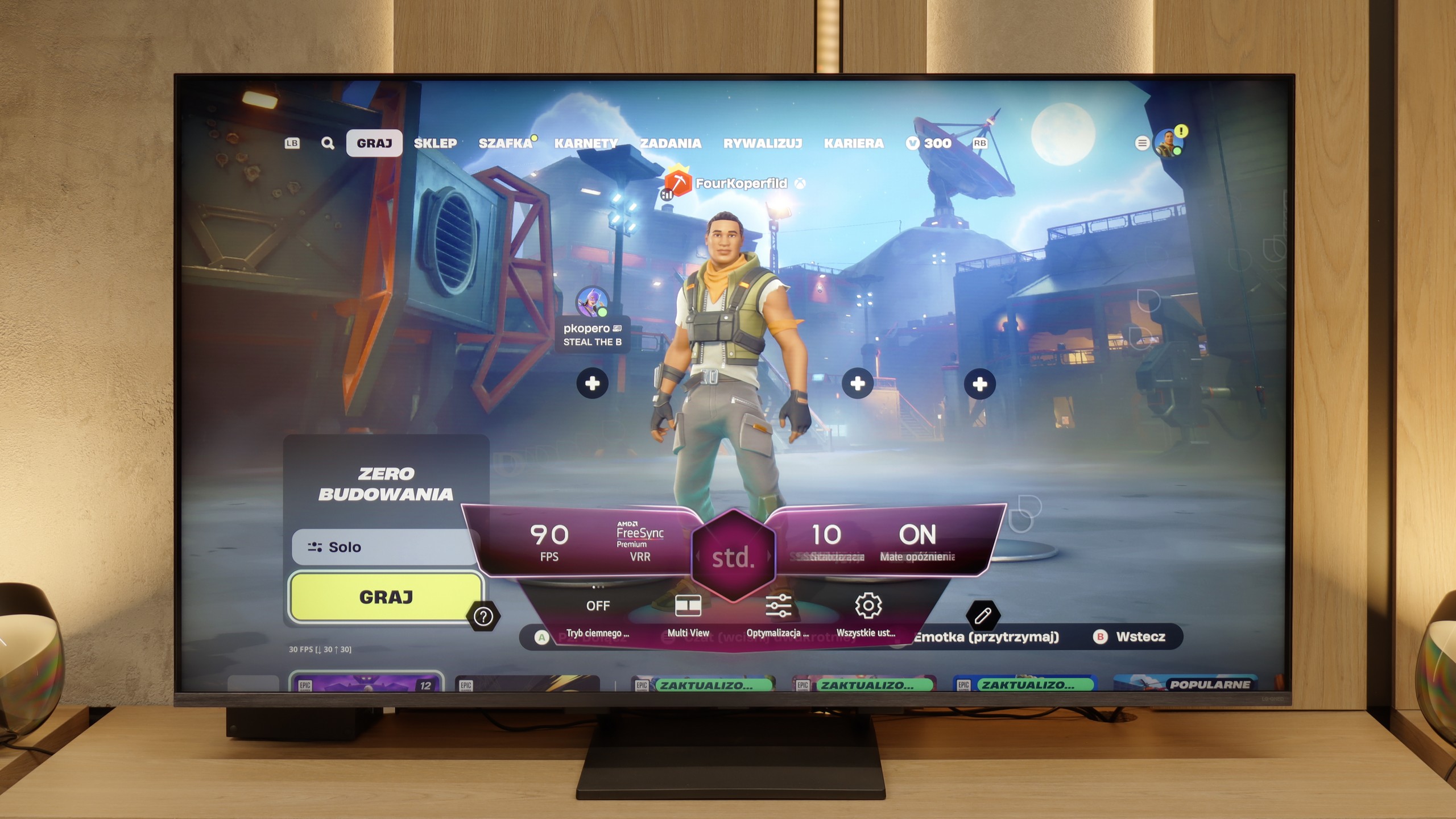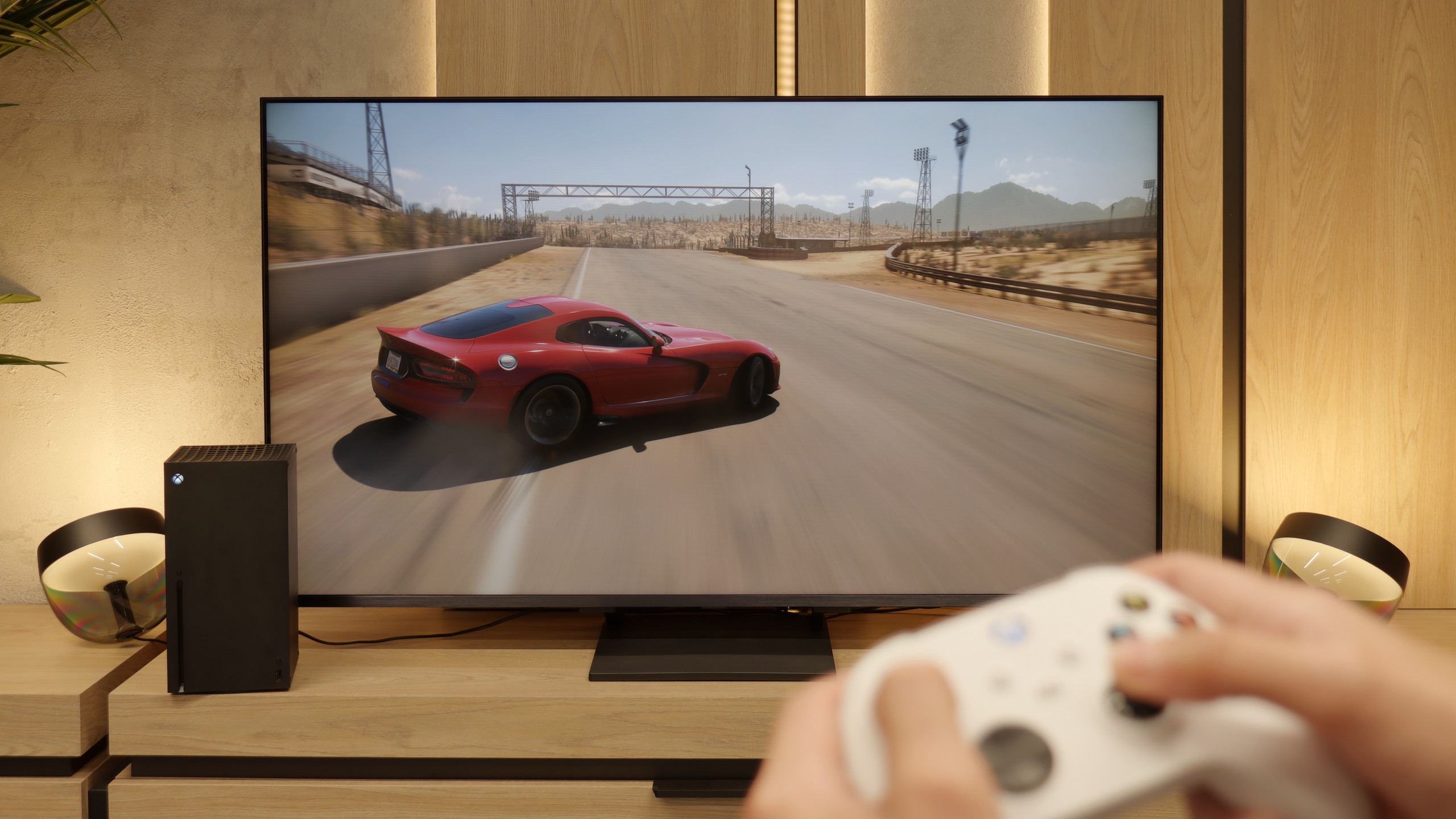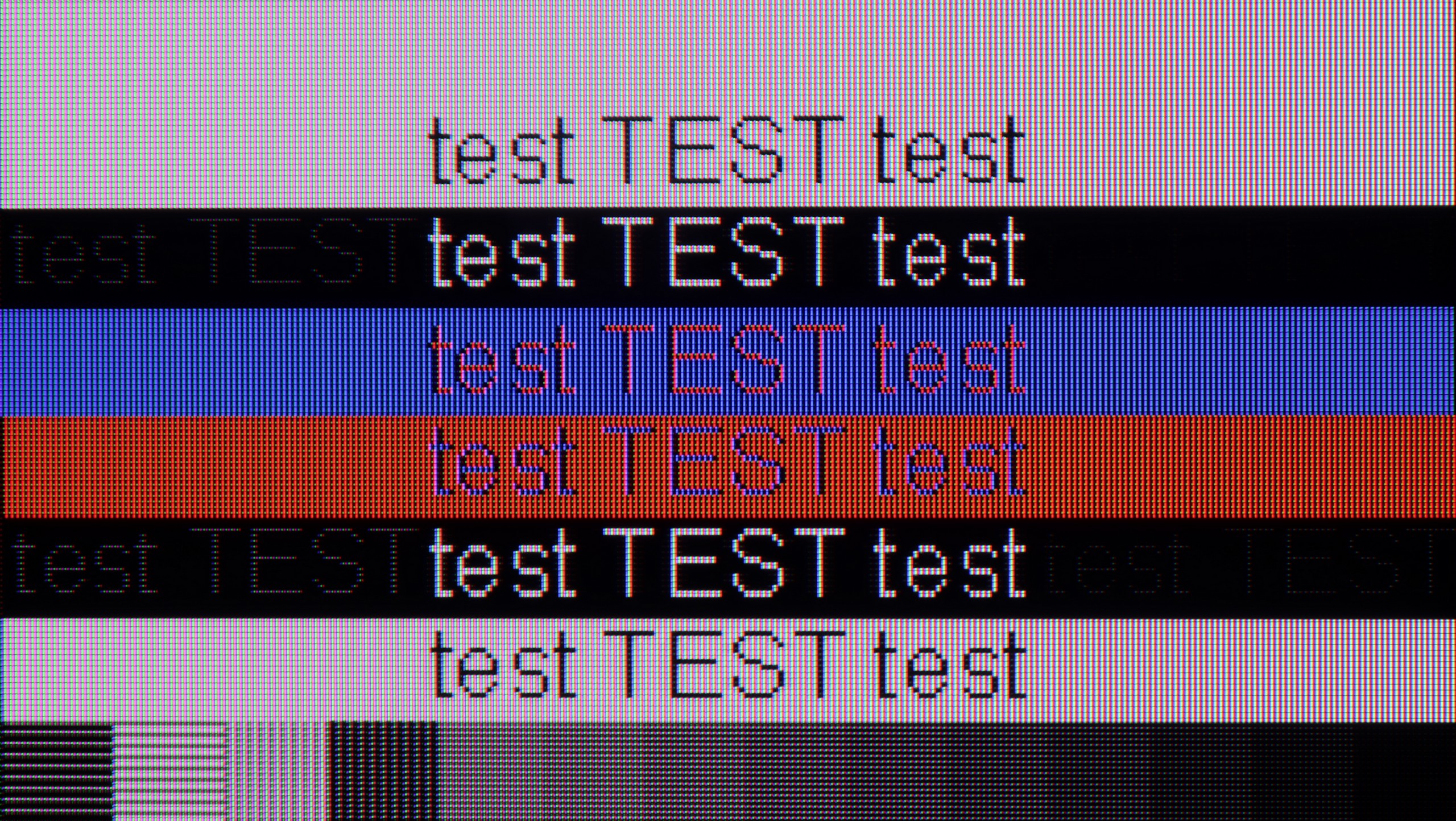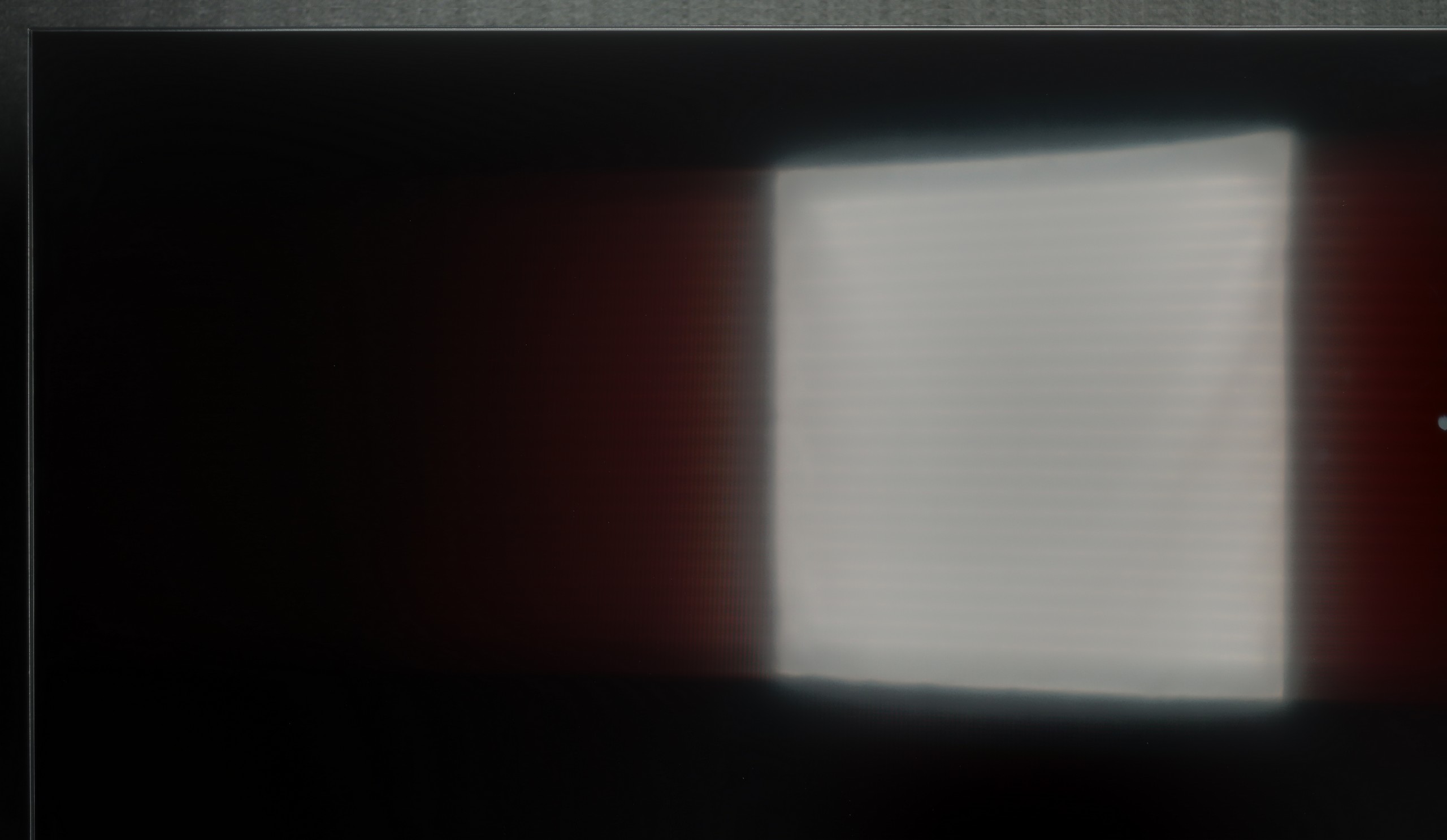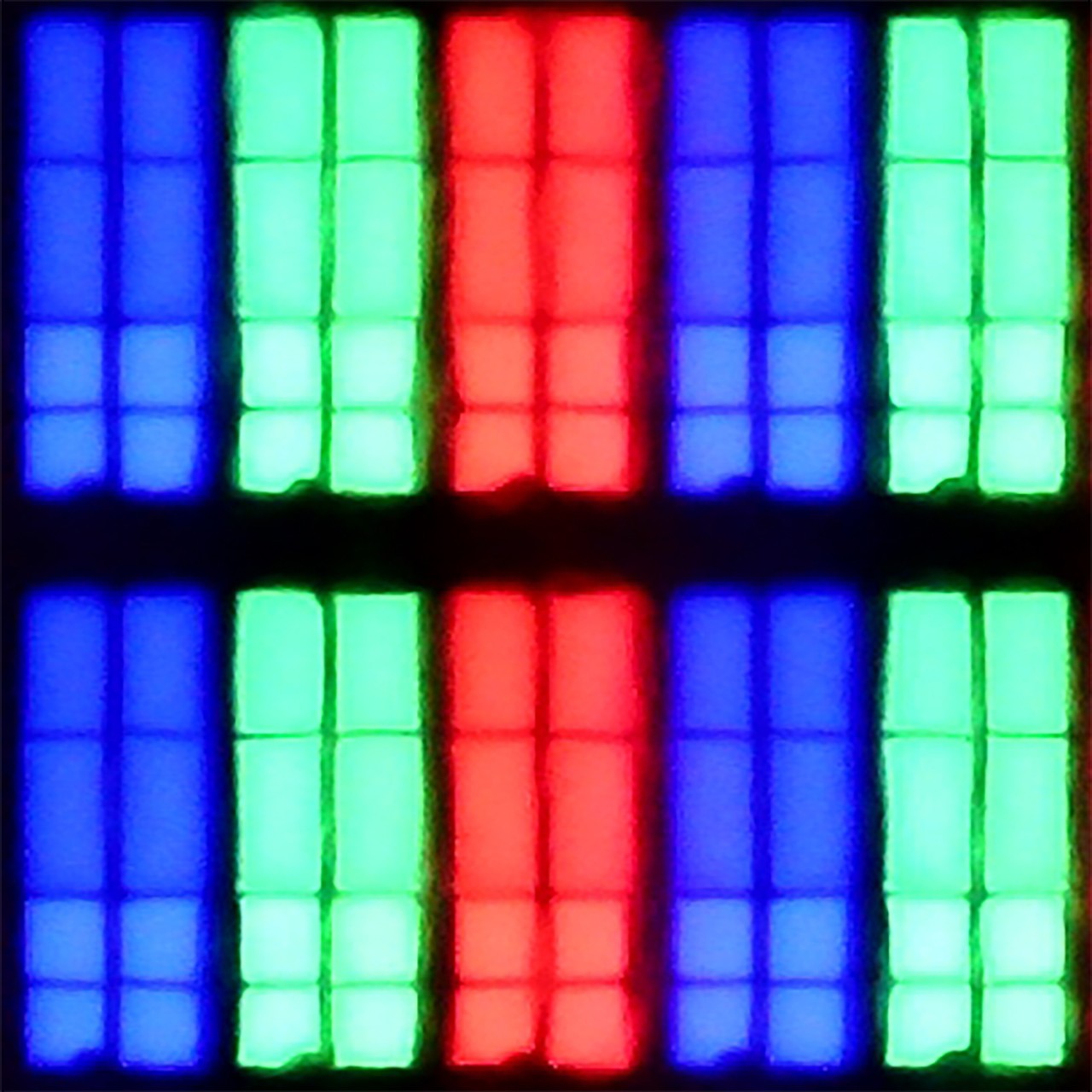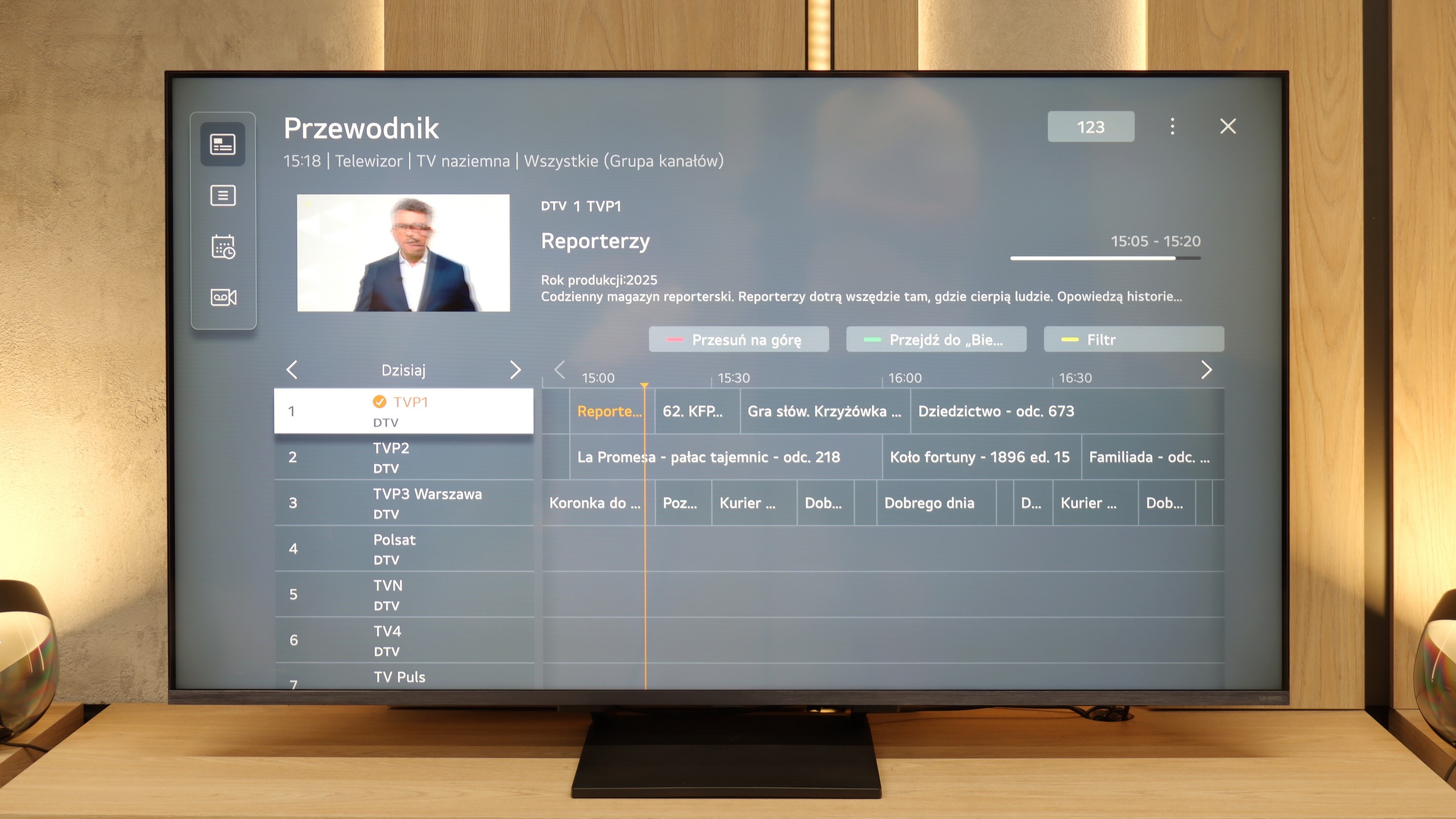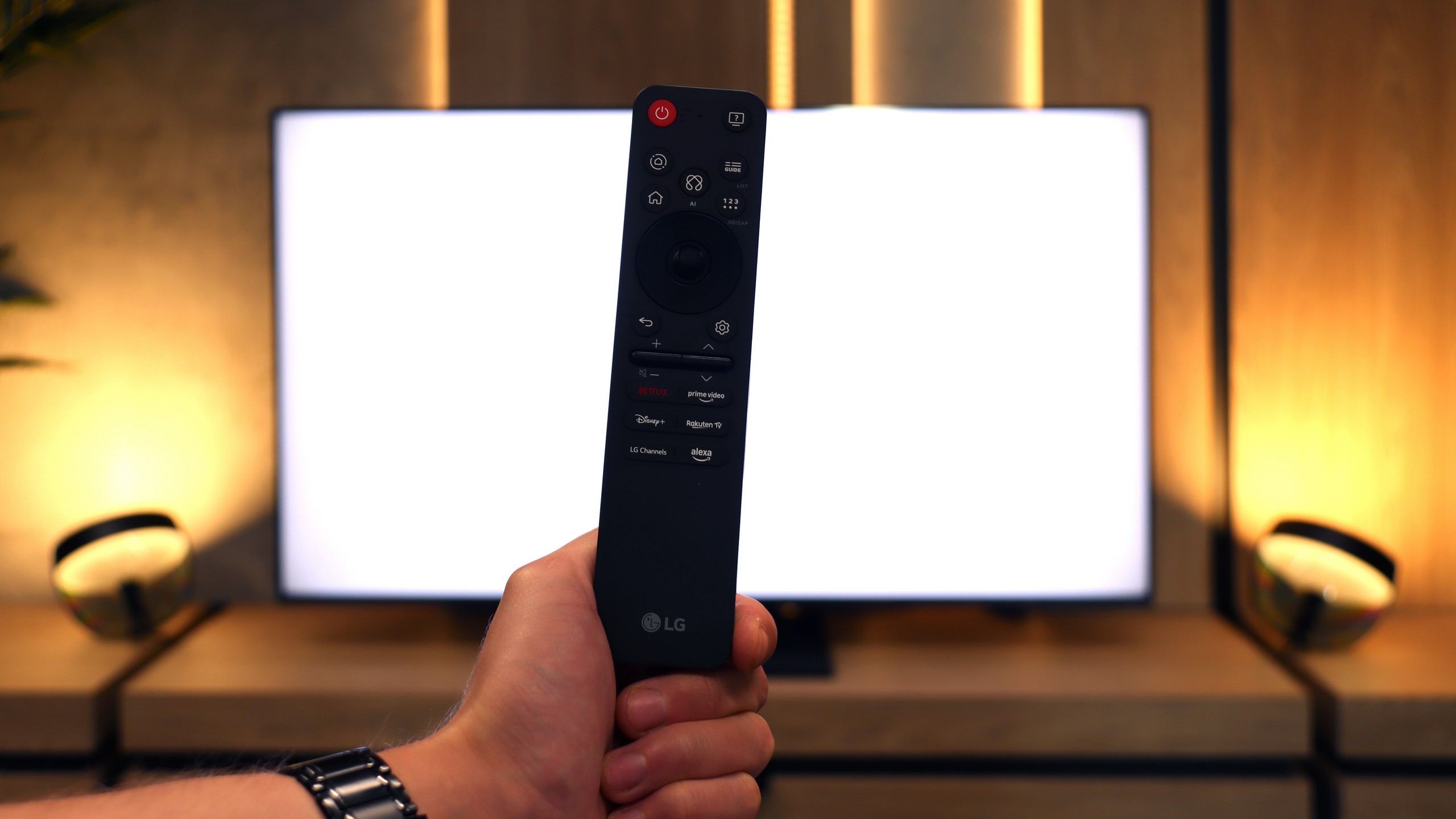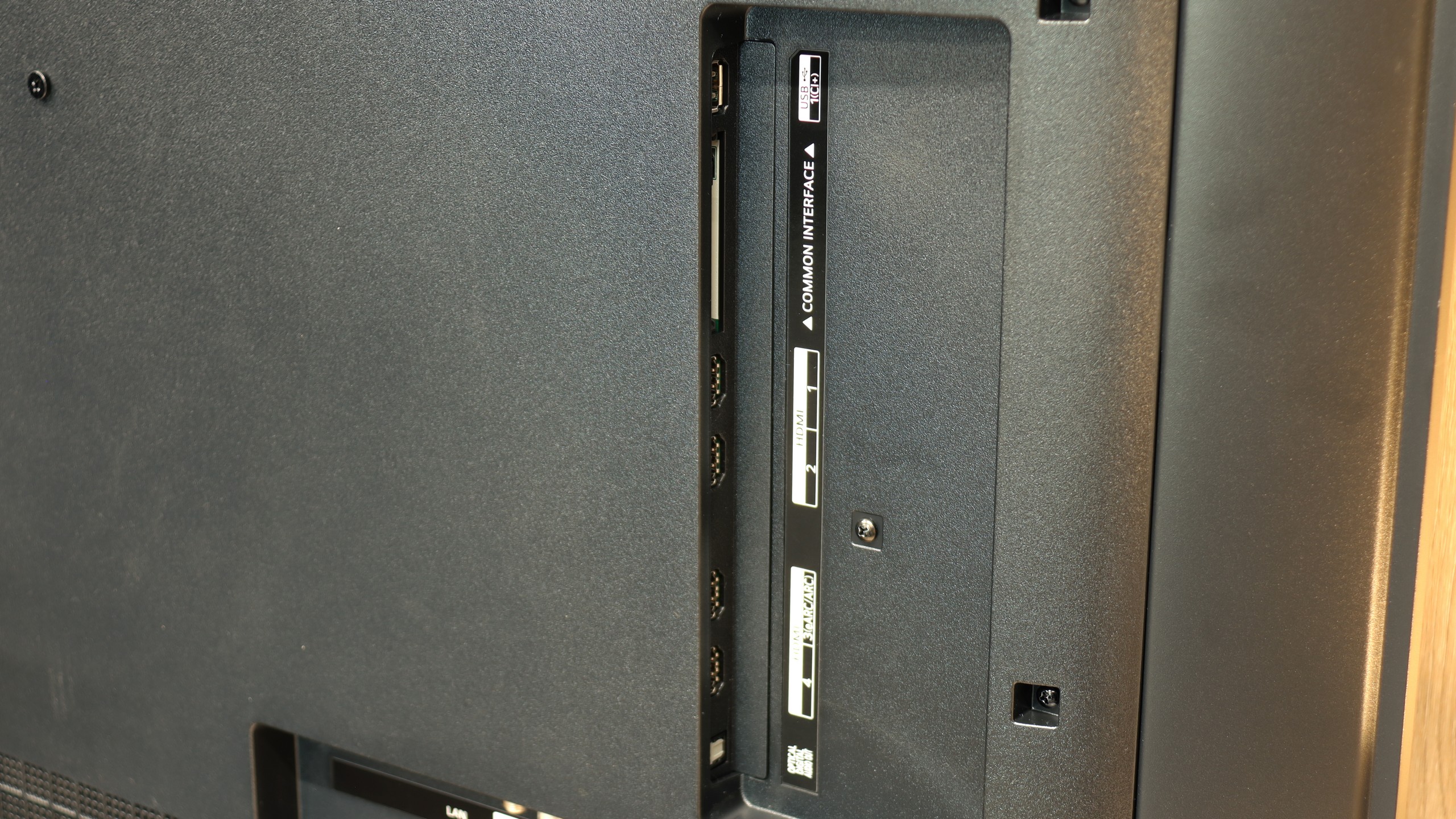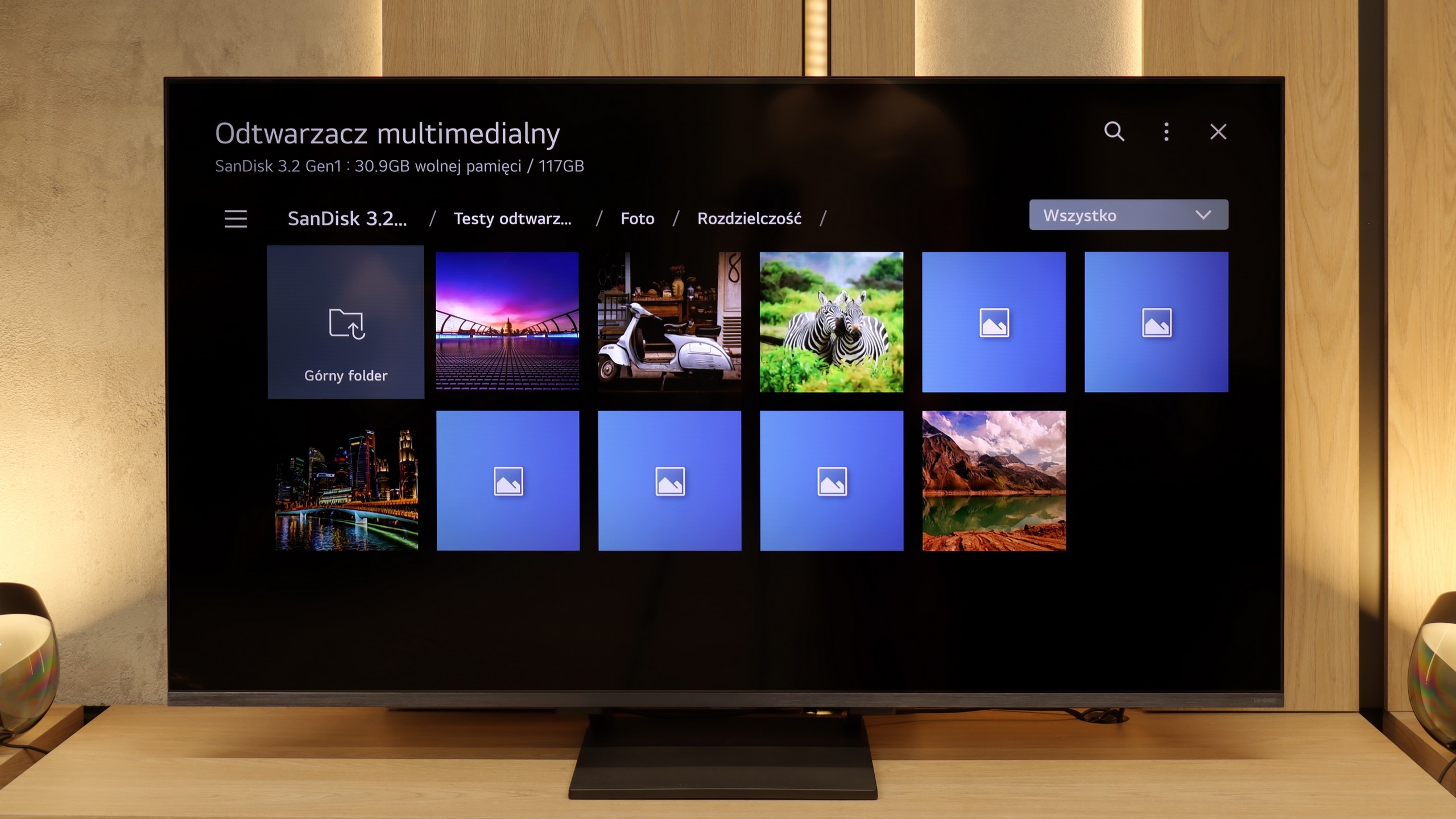The Samsung QN900D, as the flagship model for 2024, is a standout in the realm of premium televisions. Its use of Mini LED technology elevates picture quality, producing deep blacks and striking brightness levels that make movies and high-resolution content highly immersive and realistic. HDR effects are rendered with exceptional detail, while vivid and true-to-life colors, especially post-calibration, position this TV as an excellent choice for discerning users prioritizing superior picture quality.
One of the QN900D's most impressive features is its motion handling. It is the only television currently on the market capable of delivering a 240 Hz refresh rate at 4K resolution, setting a new benchmark for fluidity. This capability makes fast-paced action scenes in movies and high-intensity gaming appear seamless, free from blurring or stuttering. Gamers, particularly those using high-end PCs, will find the ultra-smooth and responsive gameplay experience impressive.
The Tizen operating system enhances the TV’s value, with seamless integration into smart home ecosystems and access to many popular applications. AirPlay and SmartThings allows for straightforward control of connected devices, turning the QN900D into a multifunctional entertainment hub. Its sleek design, combined with the One Connect box that simplifies cable management and an elegant central stand, lends a touch of luxury to any living space. The Ambient Mode further enhances its aesthetic appeal by enabling the display of decorative content, allowing the TV to blend harmoniously with its surroundings.
However, the QN900D does come with some limitations. Notably, it struggles slightly with contrast under certain conditions and lacks support for Dolby Vision, which could be a drawback for those seeking this feature. It’s also worth noting that while the TV's 8K resolution offers cutting-edge visuals, the utility of such resolution is still limited by the current availability of native 8K content. For most users, the 4K Neo QLED QN95D provides comparable performance at a potentially lower cost, raising the question of whether 8K is necessary at this stage.
Overall, the Samsung QN900D is undeniably one of the most advanced televisions of 2024, ideal for those who desire state-of-the-art technology and are willing to invest in the highest tier of home entertainment.
LG QNED93A is a television that, at first glance, appears to be a solid step forward compared to previous LCD models from this brand. On paper, we get a lot: a significantly larger number of dimming zones, a 144 Hz refresh rate for gamers, support for all HDR formats, including Dolby Vision, and WebOS with a new Magic remote, which still ranks among the most user-friendly operating systems. The QNED93A shines the most in gaming applications. Four fully functional HDMI 2.1 ports allow you to connect consoles and computers without any limitations, and the low input lag is maintained at both 120 and 60 Hz. For PC gamers, an additional advantage is the 144 Hz mode and full compatibility with G-Sync and FreeSync. So, it can be confidently said that in terms of gaming features, the QNED93A does not have any complexes compared to the competition. Another strong point is WebOS. LG's system has long been regarded as one of the most convenient for everyday use, and this is confirmed here. Everything is clear, and the Magic remote allows you to control the television like a mouse pointer – quickly and intuitively. Brightness can also be considered a plus. At its peak, it manages to achieve results close to 1400 nits. This is enough to ensure the picture doesn't fade in brighter rooms and that special effects in movies or games look convincing. The image processor does a good job of upscaling older content – television or films in lower resolutions appear clearer and sharper than on many competing screens.
However, it cannot be denied that the biggest problem with the QNED93A is the local dimming algorithms. In scenes full of black, the screen can darken significantly, causing many details to simply disappear. The effect is such that contrast looks better at first glance but comes at the expense of information that should be visible. An additional problem is the Dolby Vision mode, which typically enhances certain aspects of screens, but in this case, changes very little. The differences between dynamic and static metadata must literally be searched for with a magnifying glass. This is simply disappointing because the hardware, with its number of dimming zones and stronger backlighting, has the foundation for a better effect. So who is the LG QNED93A for? It is a television that works brilliantly as a home entertainment center, especially if you're thinking about gaming on a console or PC. In everyday television viewing and movie watching in well-lit conditions, it also provides a lot of satisfaction thanks to its high brightness and solid image processor. However, one must accept that in scenes with a lot of black and when fully utilizing HDR, this model does not match its competitors. LG has shown that it can create a very solid LCD screen, but it is also evident that not everything has been polished as it has in their OLED televisions.

